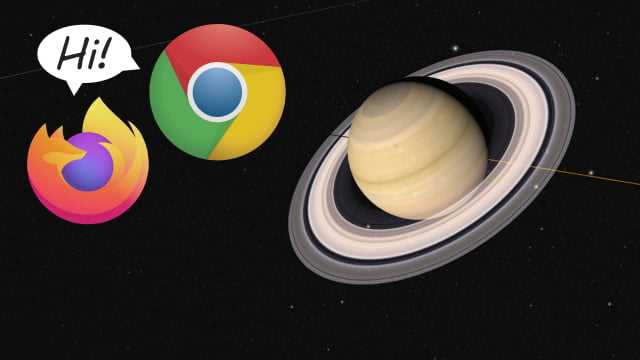Our night sky is packed with stars, but unfortunately most of them are barely visible. With the free online telescope you can still look at all the stars and don’t even have to go outside.
The Big Dipper, Orion, Cassiopeia: These and other constellations can be admired at night – if it weren’t for the enormous light pollution. If you still want to learn more about the universe without buying an expensive telescope, simply use the free WorldWide Telescope. There is a web app of it that you can easily use in the browser and also a Windows client.
The free program is not updated that often, but the updates pack a punch. There are numerous new tools for star enthusiasts in the 2022 edition, including an integrated “research app”. Thousands of new astronomy photos have also been added to the database, so you can explore the beauty of space even more.
Star tour in the browser
The WorldWide Telescope is easiest to use in the browser. All you have to do is access the web app, which works, for example, in Chrome, Firefox or, of course, in Microsoft Edge.
You are greeted with a short intro text that explains the basic operation. It is very intuitive, you can navigate and zoom with the mouse, but the plus-minus keys and the page scroll keys on the keyboard also work. With the button pressed [STRG] you can rotate objects.
A menu bar leads to the most important functions. Under “Settings” you can also set German menu language. Then you can roam the solar system via “Explore” or look at recordings from the Hubble telescope. The tours on topics such as Apollo missions or black holes are also interesting.
Offer from BestCheck.de | Prices incl. VAT plus shipping
Compare other offers
WorldWide Telescope: Formerly a Microsoft project
The program originally came from a Microsoft Research project and allows you to roam the universe on your computer. It was first shown in 2008, but in 2015 Microsoft decided not to continue the project itself. Instead, the source code was published on GitHub.
Since 2016, however, there has been a new leadership, the AAS (American Astronomical Society) has held the reins of the project since then, which is why one speaks of the AAS WorldWide Telescope instead of Microsoft WorldWide Telescope.

Cool open source tool for explorers
Running a project like this costs resources and Microsoft didn’t see any way to refinance it. But it was a good decision to make an open source project out of it. The AAS WorldWide Telescope can be recommended for anyone interested in space.
With Google Sky there is a similar project from the search engine giant.


